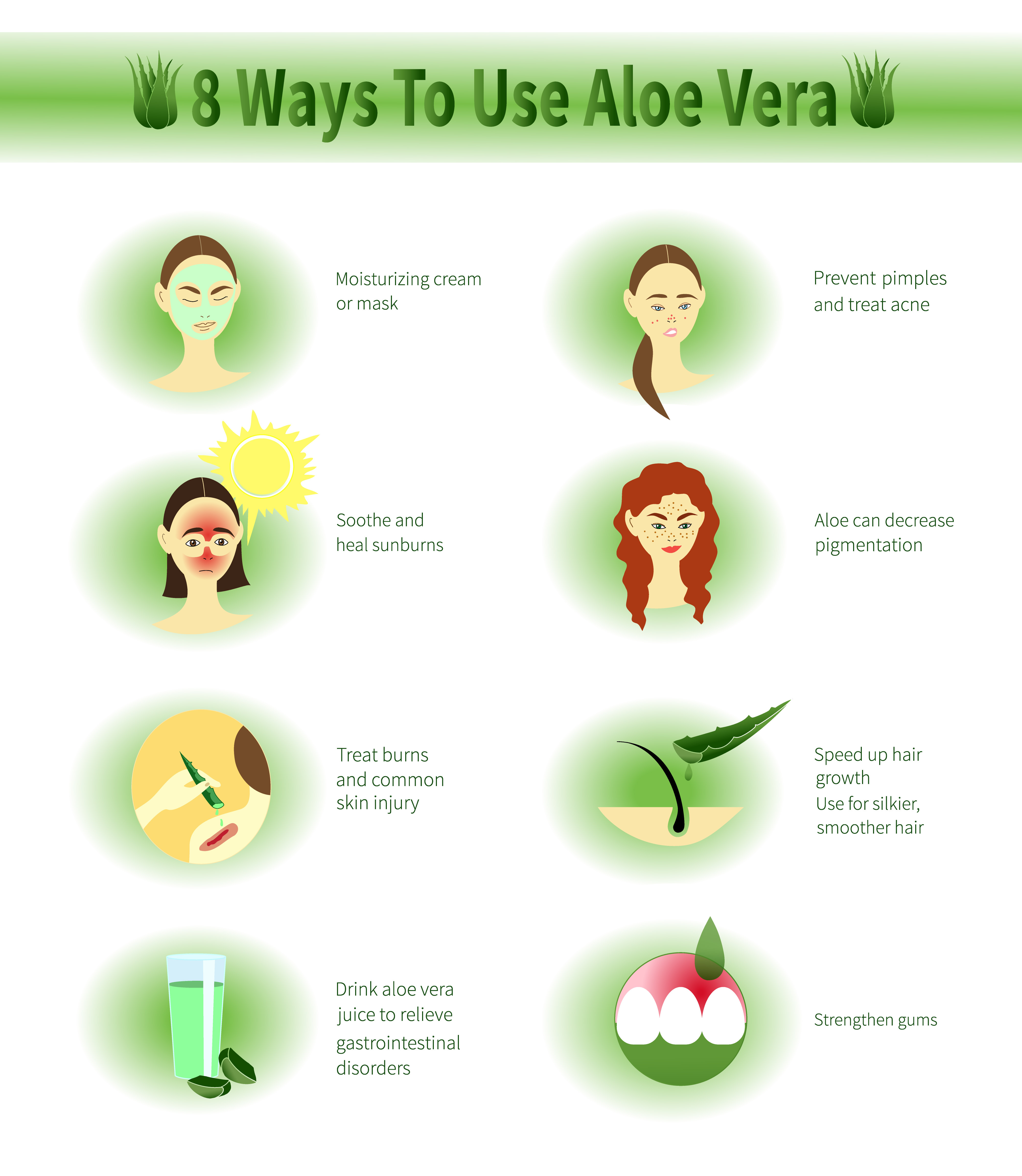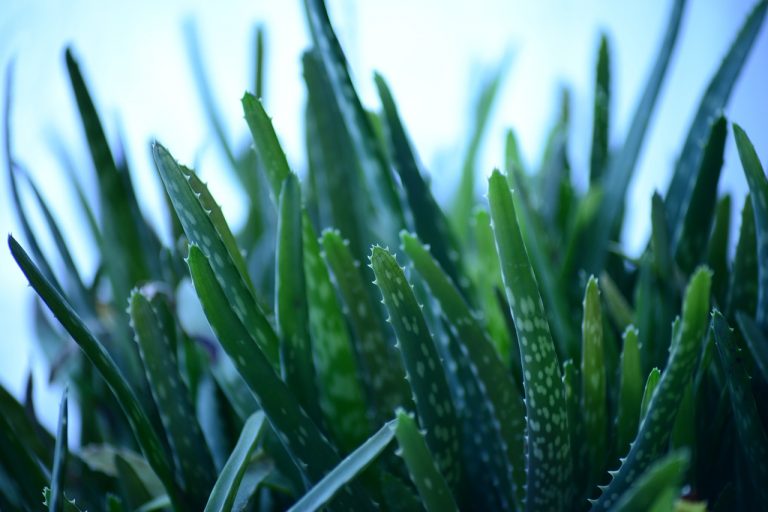If among the random people carry out a questionnaire on the "healthiest plants known to a man", aloe vera and the resulting products would have a chance to be in the top five. However, if the fashion for various plant superfoods passes with time (who remembers the juice of noni fruits today, even Goji berries go into remembrance ...), the aloe vera still holds the palm of unflagging popularity. At the same time, a number of miraculous properties are attributed to him, the most frequently mentioned are: cleansing, antioxidant, digestive, and recently - due to the fact that the term gained popularity - adaptogenic. But is not aloe fame the result of intense marketing efforts?
Aloe has many names
At the outset, it is worth noting that there are over 360 aloe species, of which about 20 are attributed with health-promoting properties. As a popular herbal raw material, A. arborescens and A. vera are usually used. This is due to the high content of bioactive components that can affect the functioning of the human body. Aloe-rich substances that are valuable to us include, among others: amino acids, anthraquinones, saponins, vitamins, minerals, sterols. Aloe juice and extracts from this plant are used both in food and externally as ingredients of topical agents on the skin.
Is there any evidence that aloe vera has pro-health properties?
The source literature indicates that aloe consumed by the alimentary tract may have a beneficial effect on our body. There are studies indicating that taking preparations containing the above-mentioned raw material may include:
- counteract constipation, (laxative effect is associated mainly with the presence of anthraquinone glycosides), [2; 3]
- lowering of glycaemia (the hypoglycaemic effect is probably due to the synergistic action of many plant components) [4; 5]
- lower elevated levels of low-density lipoproteins and triglycerides [6].
Aloe vera is also a source of numerous antioxidants, but this fact does not really distinguish it too much on other vegetable raw materials. Antioxidants are also popular with vegetables and fruits and herbs, and even plants that we do not eat every day, and which abundantly grow on numerous meadows and fields such as clover or dandelion [7; 8]. So to say about a plant, that it provides antioxidants it is like nothing to say. What matters is the real impact on health parameters.
And what about the "cleansing" action?
Although the aloe vera and products obtained from it are usually said to have a "cleansing" effect, the professional literature is rather silent on the subject. In fact, it is not quite clear what this action would mean. One can only assume that the "cleansing" effect is probably related to the "laxative" action. Practice teaches that often products that accelerate the intestinal passage are often perceived as a means of "getting rid of toxins". Unfortunately, this way of thinking results from a total misunderstanding of the principles of human physiology ... What is within our digestive tract from the point of view of the adopted terminology is not (contrary to what the current logic suggests) inside our body as long as it is not absorbed (e.g. vein to the liver or lymphatic circulation).
Thus, "cleansing" the intestines by laxative action in no way removes toxins from within our body, enough - in the long run it can simply be harmful, increasing the risk of dehydration and loss of electrolytes [3]. It is worth remembering that in 2002, the FDA prohibited the use of preparations from this plant in laxatives, due to the lack of convincing data on the safety of use [9].

Surprising research results
Aleos is sometimes credited with anti-cancer properties. Importantly, in 1998 the results of the study were published, in which the combination of aloe tincture with melatonin turned out to be a more effective form of supporting anti-cancer therapy than melatonin itself [10]. However, we should fall into hurray-optimism, but it must be remembered that in the context of the carcinogenesis process, aloe vera also has a second face. Advanced experiments on rats have shown that the compounds present in this plant may contribute to the formation of tumors. In the National Nose Toxicology (NTP) report, you can read that there is clear evidence that aloe vera contains carcinogens for rats [11].
At the same time, however, in the same publication we can read that there is no evidence that the same effect occurs in humans, with the authors pointing out the need to carry out appropriate research, as the translation, though not necessary, can exist. However, the researchers found them quite likely. At first glance, it might seem that if there are animal studies suggesting the carcinogenicity of aloe vera, and on the other hand there are studies on humans indicating that the plant has a therapeutic effect in cancer, the conclusion is simple: in the end, rodents do not have much in common so there is nothing to worry about researching on furs ... Well, the situation is much more complicated.
The process of carcinogenesis is very complex and sometimes factors that have therapeutic properties in the initial stages work exactly the opposite. An example of this is the pro- and antioxidant casus. On the one hand, oxidative stress may promote the formation of cancer, and on the other hand, the body uses free radicals to fight tumor development [12]. In the case of aloe, researchers from NTP suggested that the long-term use of preparations containing it may be potentially carcinogenic.

Side effects, interactions and contraindications
When completing data on aloe, it is worth mentioning that in the professional literature you can find numerous examples of various side effects associated with the use of aloe. Scientific publications include mentions of ailments such as nausea, vomiting, persistent diarrhea, as well as individual cases of toxic liver and kidney injuries [13-17]. There is also a known case of hypothyroidism due to the use of aloe preparations [18]. Although they are rather individual situations, it should cool down exaggerated enthusiasm for aloe preparations, indicating that sometimes also "natural" can cause harm. In addition, substances contained in aloe may interact with some medicines [19; 20]. It turns out that the compounds present in aloe may have teratogenic and toxic effects on the developing fetus, which is noticed by, among others, WHO [3; 22]
Summary
Aloe vera and the preparations obtained from it undoubtedly contain substances that can have a positive effect on our body. There are research results that show that the use of aleos and its products may include be helpful in constipation, hyperglycaemia and lipid metabolism disorders. However, it should be remembered that this plant also contains compounds that can affect the human body in an unfavorable way, increasing the risk of diarrhea, and thus also water and electrolyte disorders or interacting with medicines. A lot of controversy is also caused by the potentially carcinogenic effect of aloe vera.
Teratogenic activity is an absolute contraindication of the adjustment of preparations from the aforementioned plant in the case of pregnant women, also in the first trimester. It should also be borne in mind that the potential benefits of using aloe have been noted in methodologically weak research, without standards such as randomization or a double-blind test, which means that conclusions flowing from them should be considered uncertain.
References:






